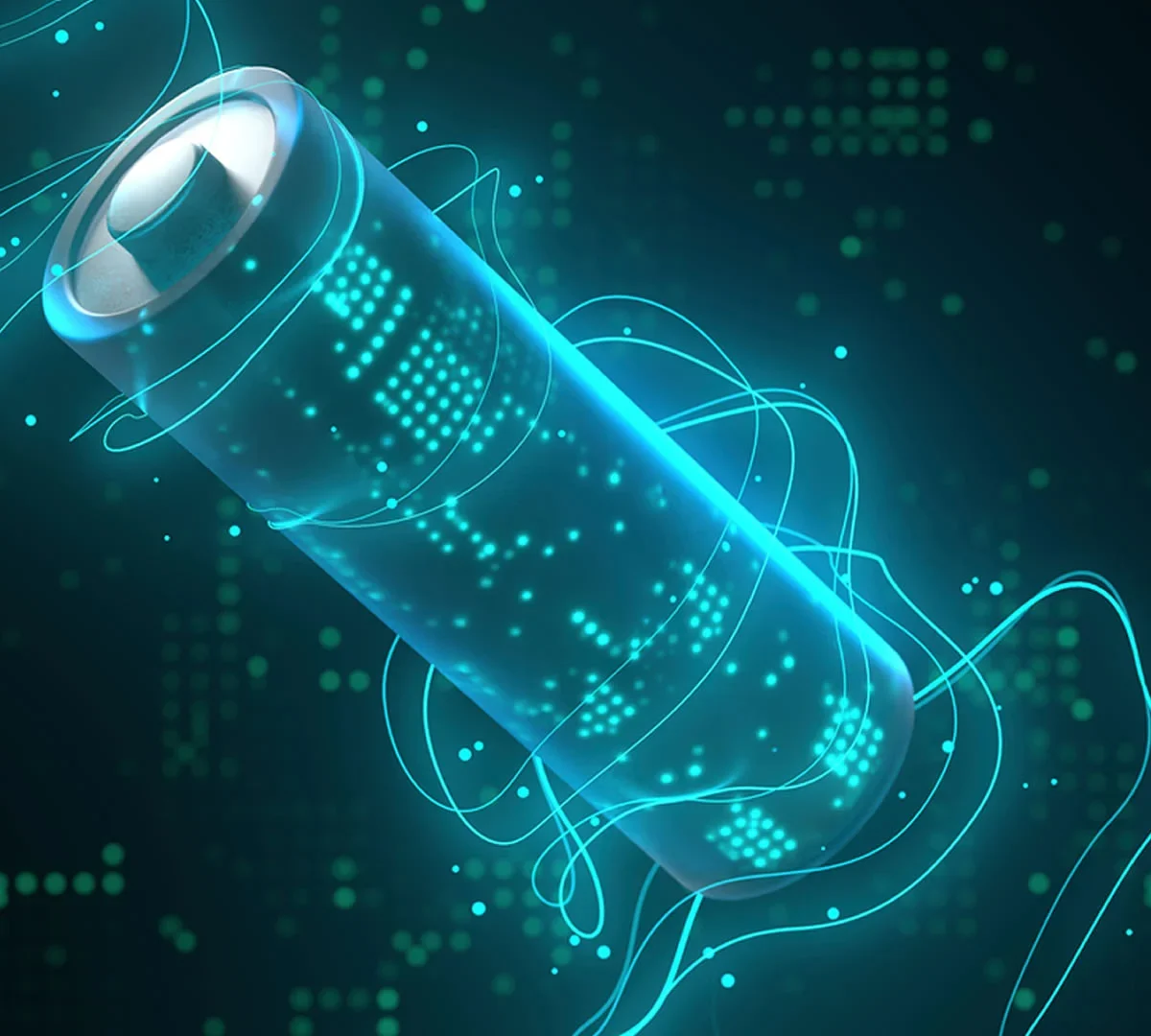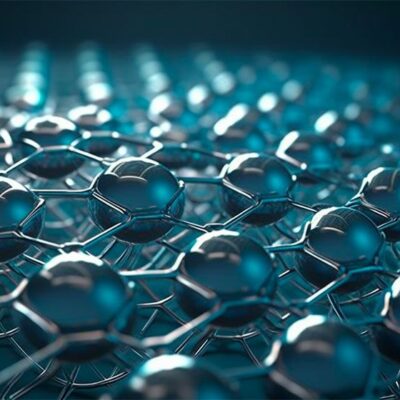In a major breakthrough for energy storage technology, researchers have developed a new material that exhibits record-setting lithium-ion conductivity. This achievement may pave the way for the next generation of solid-state batteries—devices that promise safer, faster, and more efficient energy storage than today’s conventional lithium-ion systems.
The discovery centers around a novel halide-based compound that dramatically enhances ionic transport. This innovation could potentially address some of the most persistent challenges in battery technology, making it a pivotal step toward high-performance solid-state batteries.
Why Solid-State Batteries Matter
Solid-state batteries differ from traditional lithium-ion batteries by replacing the liquid electrolyte with a solid one. This change brings several advantages:
- Improved Safety: Solid electrolytes are non-flammable, unlike the organic liquids in current lithium-ion batteries, which can pose fire and explosion risks.
- Higher Energy Density: Solid-state batteries can store more energy in a smaller space, which is crucial for electric vehicles and portable electronics.
- Longer Lifespan: The solid electrolyte reduces degradation over time, allowing for more charge-discharge cycles without significant capacity loss.
Despite these benefits, the widespread adoption of solid-state batteries has been limited by key performance issues—chief among them, the difficulty of achieving high ionic conductivity in solid materials.
The Breakthrough: Halide-Based Superionic Conductor
The recent study, led by researchers from several institutions including the Max Planck Institute for Solid State Research, focused on engineering a new material with extremely high lithium-ion conductivity. The result was a halide compound, specifically Li₃YCl₆ doped with zirconium, which demonstrated unprecedented conductivity levels.
This new material surpassed 10 millisiemens per centimeter (mS/cm) at room temperature—a record for halide-based solid electrolytes and on par with or better than some liquid electrolytes.
Key Properties of the Material
- Exceptional Ion Mobility: The doped material allows lithium ions to move rapidly through its structure, which is essential for fast charging and discharging.
- Stability: It remains stable when in contact with high-voltage cathodes and metallic lithium, addressing a common issue in solid-state battery development.
- Scalability: The synthesis process is relatively straightforward and may be adaptable for industrial-scale production in the future.
How It Works: Understanding the Science
The secret to the material’s performance lies in its crystal structure and strategic doping. By introducing zirconium into the lattice of Li₃YCl₆, researchers created more lithium vacancies and paths for ion movement. These vacancies act like express lanes for lithium ions, enabling rapid conduction.
In solid electrolytes, conductivity is determined by how easily ions can move through the material. The ideal structure has enough space and energy pathways for ions to “hop” from one site to another. The new material hits this sweet spot through precise atomic engineering.
Implications for Energy Storage
This development could significantly impact various applications:
Electric Vehicles (EVs)
High conductivity and stability are critical for fast-charging EV batteries. The new material’s performance could allow EVs to charge more quickly and operate more safely, helping overcome two major hurdles in EV adoption.
Consumer Electronics
Smaller, longer-lasting batteries mean sleeker, more powerful devices—from smartphones to wearables. The solid electrolyte also reduces the risk of overheating and fires, enhancing safety in everyday gadgets.
Grid-Scale Storage
For renewable energy systems, reliable and long-lasting batteries are essential. Solid-state batteries using this material may enable more efficient energy storage solutions for solar and wind power installations.
The Road Ahead: Challenges and Future Research
While the breakthrough is promising, several challenges remain before the material can be widely used:
- Integration: Researchers need to test how well the new electrolyte works in full battery cells under real-world conditions.
- Manufacturing: Scaling up production while maintaining material purity and performance is a critical step toward commercialization.
- Cost: Although the material uses relatively available elements, economic viability will depend on refining the synthesis process for affordability.
Further research will focus on optimizing the interface between the electrolyte and electrodes, one of the most complex aspects of solid-state battery design. Additionally, scientists aim to explore other compositions and doping strategies to push ion conductivity even higher.
Conclusion: A Promising Shift in Battery Science
The discovery of a halide-based material with record-setting lithium-ion conductivity marks a significant leap in the pursuit of high-performance solid-state batteries. By combining fast ion transport, thermal stability, and potential manufacturability, this material represents a strong candidate for future energy storage solutions.
As research continues and commercial applications draw closer, the world may soon benefit from batteries that are not only more powerful and longer-lasting but also safer and more sustainable—fueling the future of electric transportation, mobile technology, and renewable energy.





